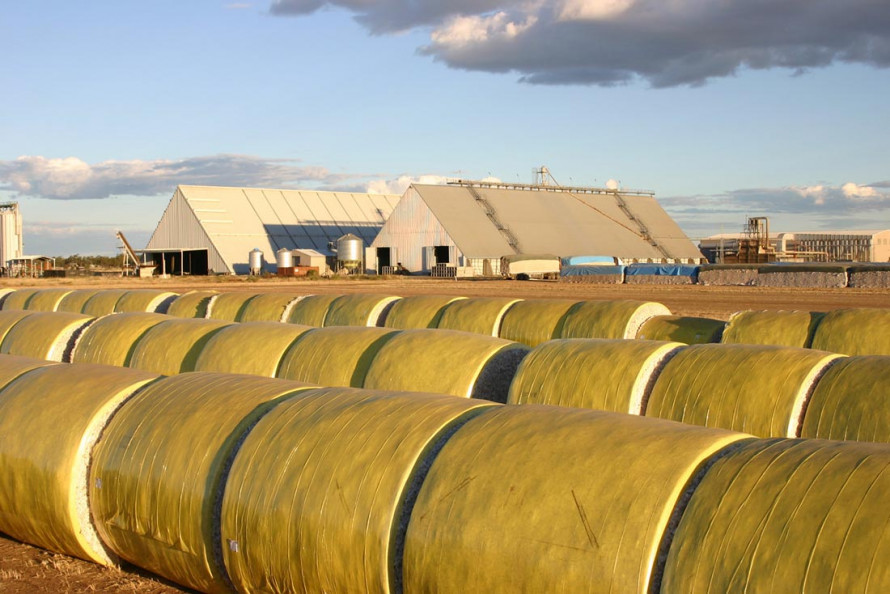From USDA
Dampened global cotton consumption and higher carryin have driven the 2019/20 forecast for global ending stocks higher compared with the initial May forecast. World ending stocks for 2019/20 are now forecast at 80.8 million bales, largely due to changes for use in both the 2018/19 and 2019/20 forecasts. Reductions for use in both years have been mostly driven by lower expectations for global GDP growth and dampened demand prospects for cotton.
Economic growth is a major driver of cotton demand. As growth prospects in major cotton-consuming markets have been pressured lower, expectations for cotton demand have likewise been reduced. Major slowdowns in global demand and economic growth are highlighted by recent IMF (International Monetary Fund) forecasts for 2018, 2019, and 2020, as the 2019 forecast has been cut by nearly one percent (year with the highest reduction) compared with the IMF’s May forecast.
The world’s largest consumer of cotton, China, has seen both its 2018/19 and 2019/20 forecasts for consumption trend down since May, due in part to slower domestic economic growth exacerbated by the ongoing trade conflict with the United States.
The largest contributor to higher global stocks is India, where ending stocks are now projected more than 80 percent higher than May’s forecast. The 2018/19 and 2019/20 forecasts for production are higher while consumption has declined in both years, primarily due to sluggish economic growth, and the Minimum Support Price’s impacts (higher-priced domestic supplies) weakening domestic yarn exports.
A historically generous price support program (MSP) has somewhat kept internal cotton prices high for downstream users and hindered these manufacturers’ exports prospects.
Higher stocks and less use in Bangladesh since May reflect a slowing export forecast for its textile and apparel products. Reduced prospects for the country’s fabric and garment exports are attributed to economic slowdowns in major consuming markets, including the EU and the United States.
Although global production is projected slightly lower from May, the 2019/20 forecast remains more than 3 million bales above the previous year, adding further to global supplies and stocks. Higher 2019/20 supplies and lower consumption are propelling ending stocks 7 percent higher since May’s forecast, furthering pressuring prices.


